This is celebration time for Indian Cinema. With Dada Saheb Phalke making Raja Harishchandra in 1913 , it's going to be a century since films in India actually began to be made. Yes, a whole century of how the whole process of film-making began for Bollywood and how it came about to being as it is now known.
So, here’s looking back at the history in a nutshell and highlighting the key points of Indian Cinema - things that changed everything, forever...
- The first Indian feature film (silent)
- Then crept in social realism in 1925 with Savkari Pash.
- Two major production companies opened in 1929;The Prabhat Film Company, based in Kolhapur, and The Ranjit Film Company, in Bombay.
- The first Indian sound film was Ardesir Irani’s Alam Ara.
- 1933 was a scandalous year for Indian cinema, The first English language film Karma, was released.
- One of the strongest aspects of Indian movies is their music. Playback singing still remains the heart of the movies.
- The honor of bringing the story to colored representation is taken by Kisan Kanya.
- 1937 was also the year in which Indian movies bagged international awards.
- Longest Running Film Kismet.
-
Shortly after India received independence, the Indian Motion Picture Producers Association released the documentary Azadi ka Utsav (Translated: The Occasion of Independence); the movie chronicles the independence day celebrations in Delhi.
- The 1950s saw filmmakers like Bimal Roy and Satyajit Ray.
- Then came the wave of the typical Bollywood masala film as we know it now.
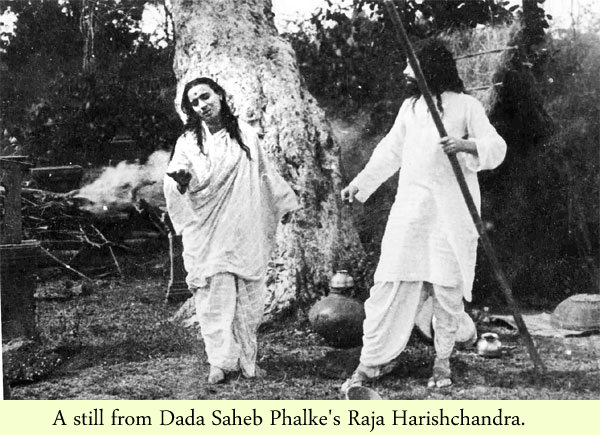
Made by an Indian and shown to the public was Raja Harishchandra on May 3, 1913. Though the first film that went into making was Shree Pundalik by Dadasaheb Torne, in 1912, it was considered a British production. And thus, Dada Saheb Phalke’s directed and produced movie gets the status as the first Indian film. It was made in Marathi and the female characters in the movie were played by male actors!
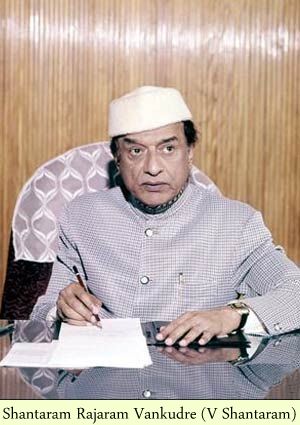
Directed by Marathi film-maker Baburao Painter, it tells of a greedy moneylender who cheats a peasant and his family out of his property. V. Shantaram debuted as a young peasant and he would go on to have a successful stint as a director.

The Prabhat Film Company produced 45 films in a span of 27 years, while the Ranjit Film Company was far more successful, remaining an active and thriving studio well into the 1970s.
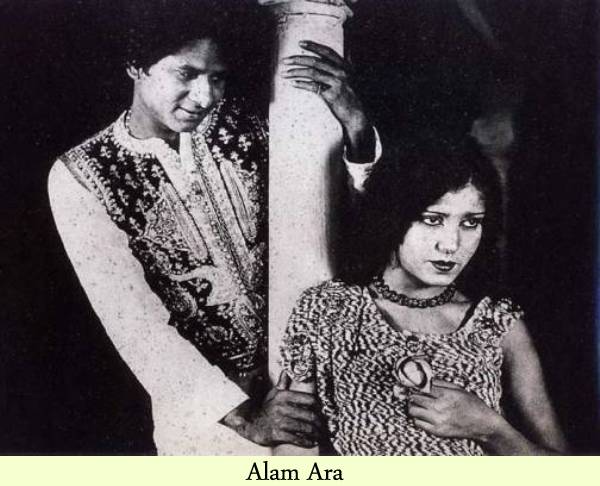
A huge commercial success, the movie opened at the Majestic Theatre in Mumbai on March 12, 1931. Using the Tanar sound System, the movie ran for two hours and four minutes. The Tanar single system camera recorded the sound directly onto the film. Due to absence of noise-proofing, the shooting was done mainly at night so as to minimize the external sounds and the microphones hidden near the actors. However, the original prints of the movie were destroyed after the fire at the National Film Archive of India at Pune in 2003. The Google Doodle paid tribute to the movie on its 80th anniversary on 14 March 2011.
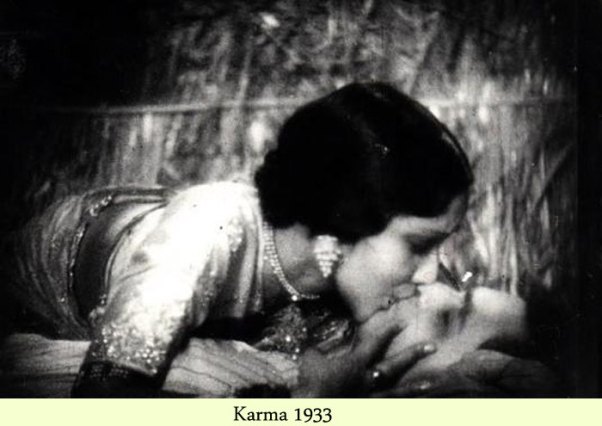
Himanshu Rai produced and starred in the movie along with his wife, Devika Rani. The hullabaloo surrounding the movie had to do with the “four minute long kissing scene”, an act which still is infrequent in Indian movies.

Introduced in 1935 by Nitin Bose in Bhagya Chakra, a Bengali film; playback singing came to Hindi cinema in the same year in Dhoop Chhaon, a remake of the same Bengali film.

India’s first indigenously made color film, released in the year 1937. Though the film Sairandhri (1933) was made in color, it was processed and printed in Germany. Kisan Kanya was made entirely in India and processed in India as well.

Vishnupant Govind Damle and Sheikh Fattelal won an international award for their film Sant Tukaram (1936),voted one of the three best films at the International Exhibition of Cinematographic Art at the Venice Film Festival in 1937.

Long before Hum Apke Hain Kaun broke records, Gyan Mukherjee's 1943 film Kismet, a romantic crime-drama, becomes the longest running film in Kolkata, where it played in the same theatre continuously for three and a half years. The movie followed the life of a con man who falls hopelessly in love.

Their movies focused on the real world and mostly revolved around lives of people from the lower classes. Mrinal Sen, Ritwik Ghatak were also film makers of the same league. Bimal Roy’s movies saw a good balance between commercial movies (mainly escapist fare) and the emerging parallel cinema. His Do Beegha Zameen, Madhumati, Bandini, Devdas and many others are milestones of Indian Cinema.

Lots of action, melodrama, family values mixed within passionate and hopeless romance - this was how the 1970s looked like. Sheer star power accounted for a movie’s success and saw the rise of the angry young man, the living legend, Amitabh Bachchan; an actor who till date, remains India’s top star. The dramatic tension was a defining characteristic within the movies from then on.
Recently, Bollywood has taken the extra leap - going international with each and every movie. Though Indian movies have still not crossed over the mainstream Hollywood; they have made a huge impact on the audience worldwide. Big banner movies open to huge cinemas and parallel cinema has slowly, steadily crept into mainstream Bollywood. A lot of experimentation can still be seen. Though, at heart, Bollywood remains the masala loving kinds!
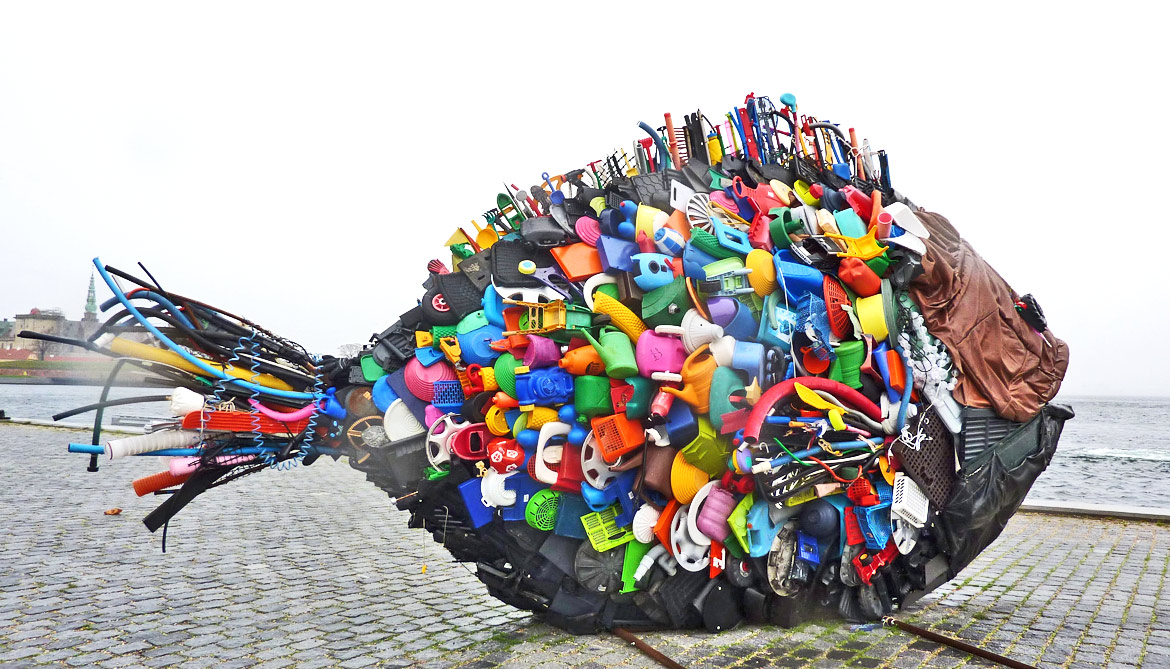

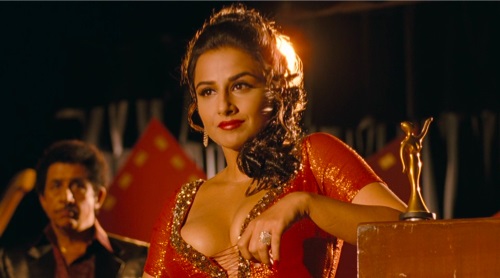
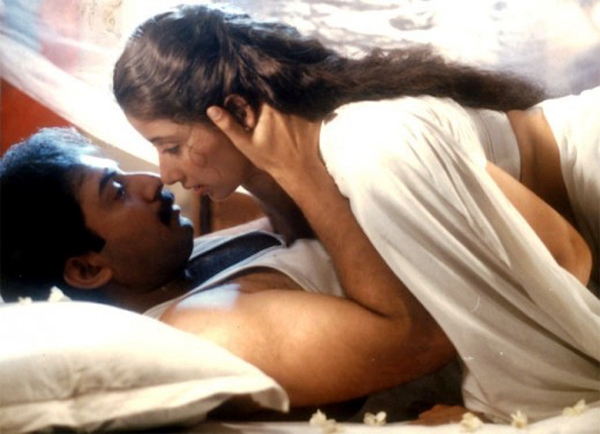
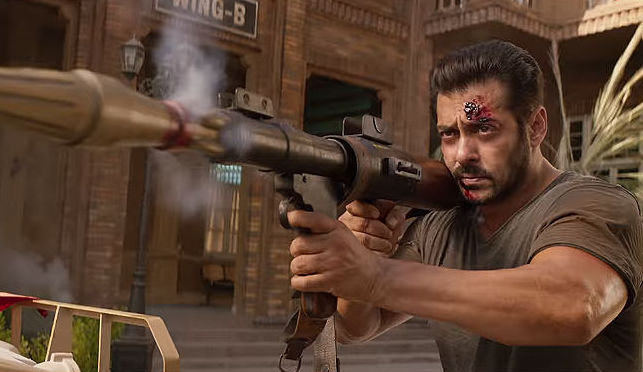
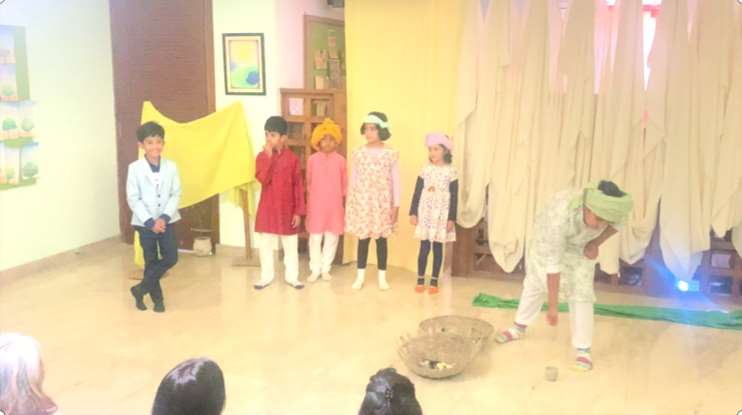
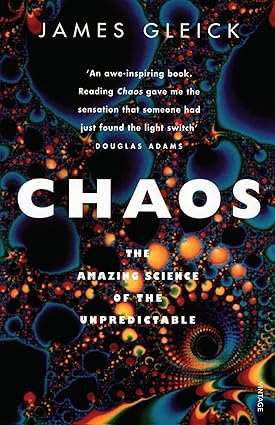
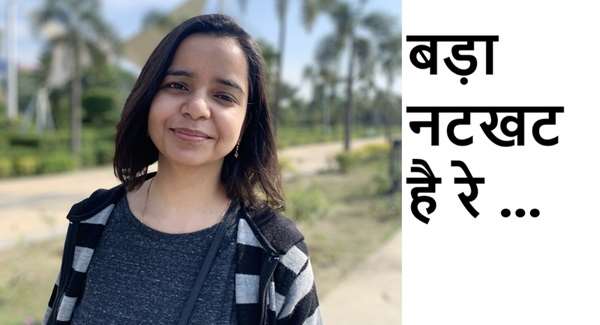
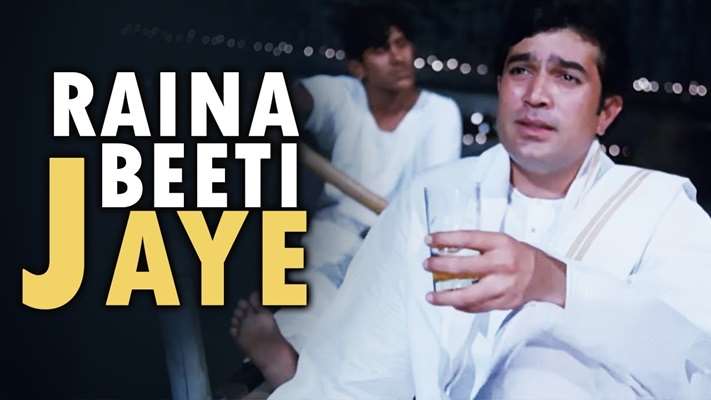
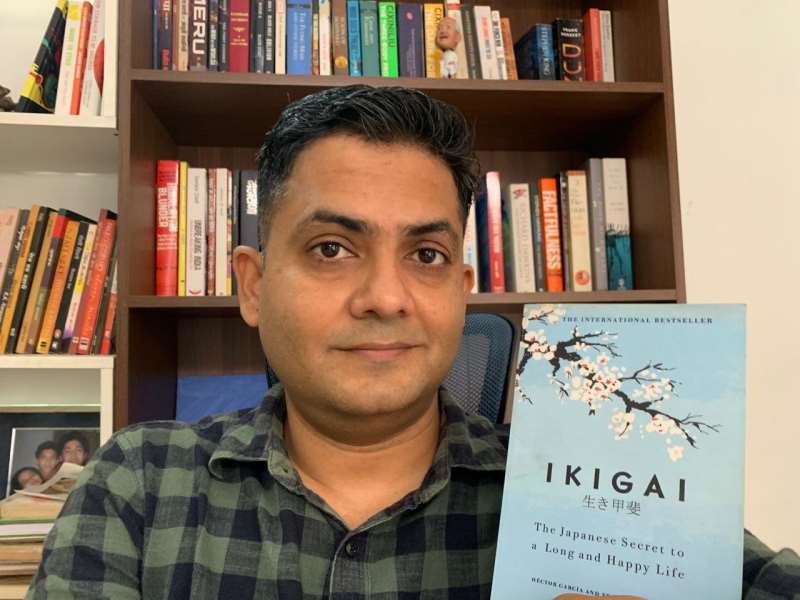
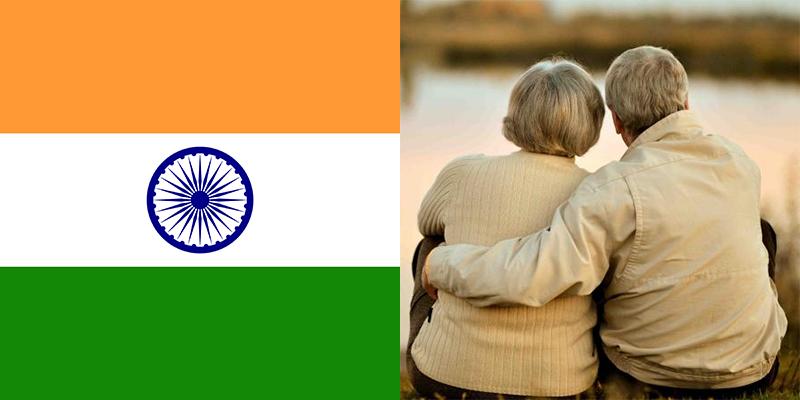





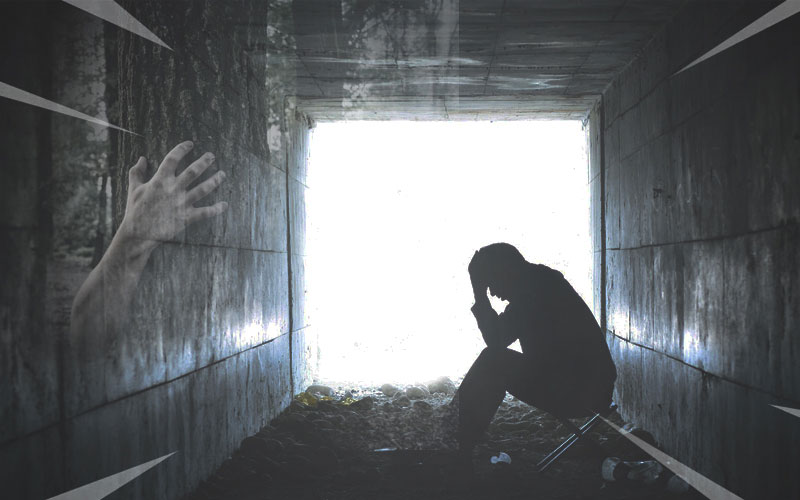


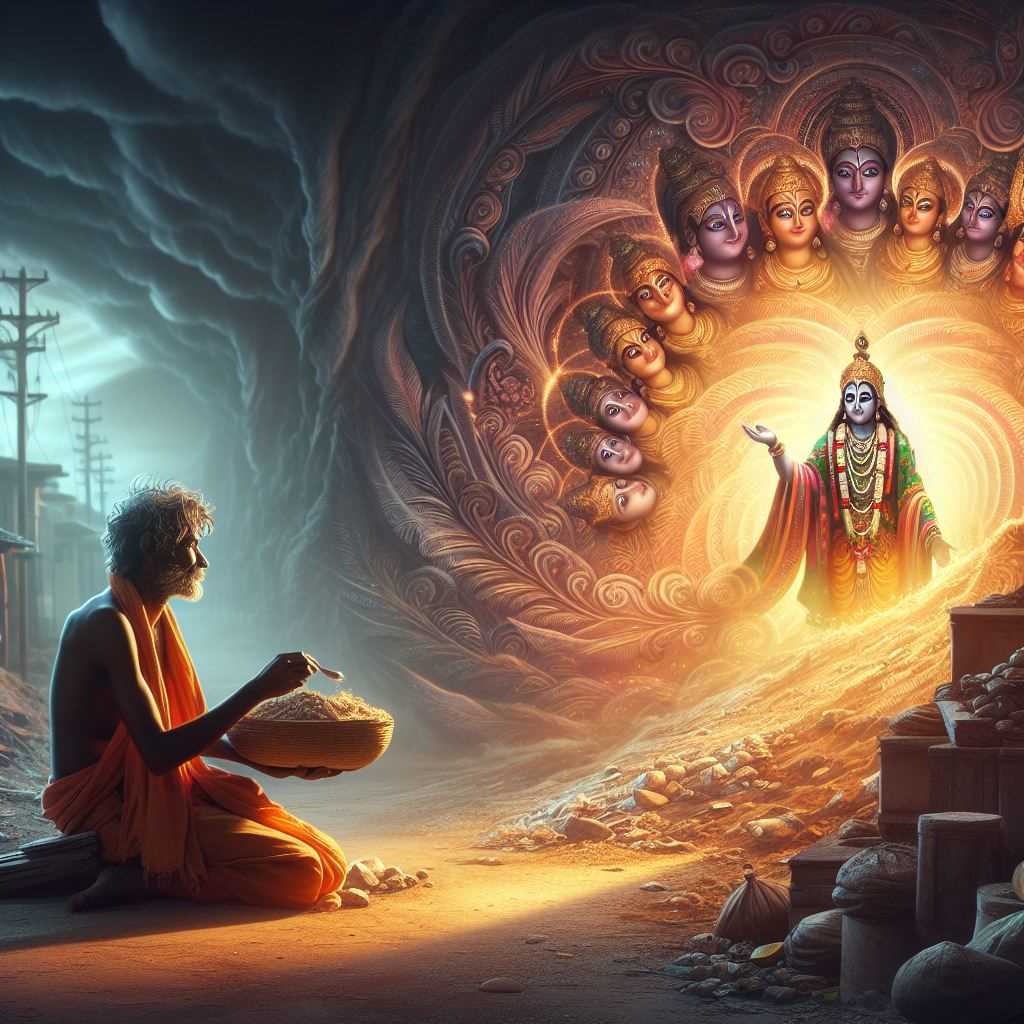

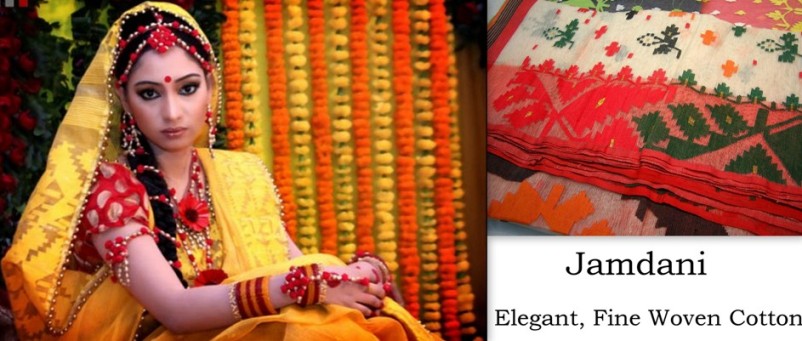
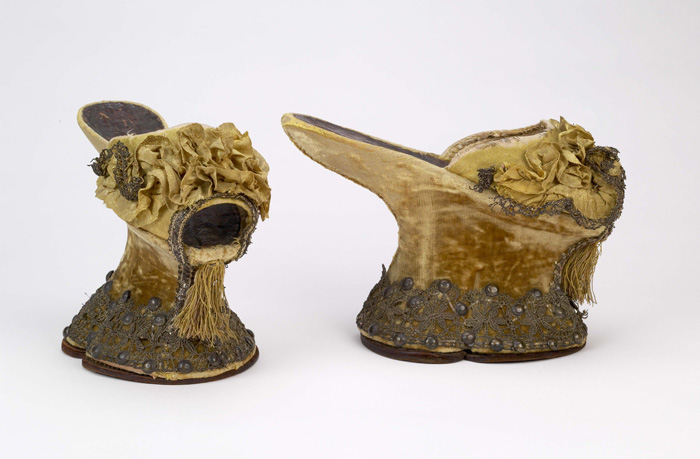
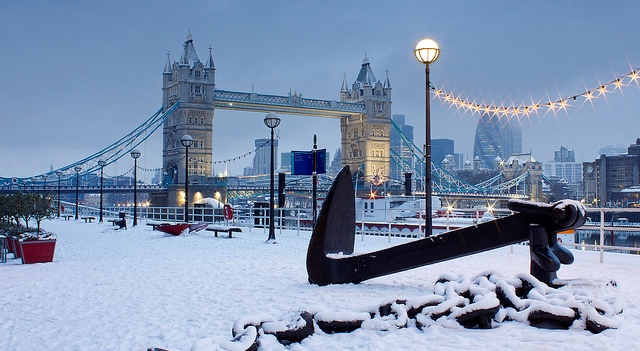
Comments